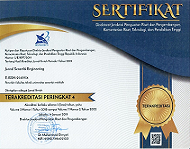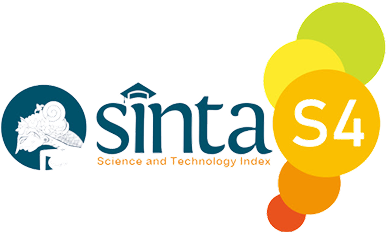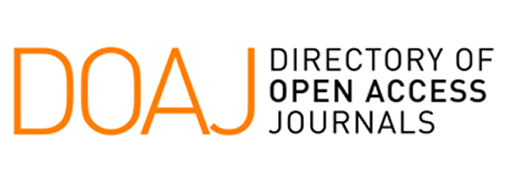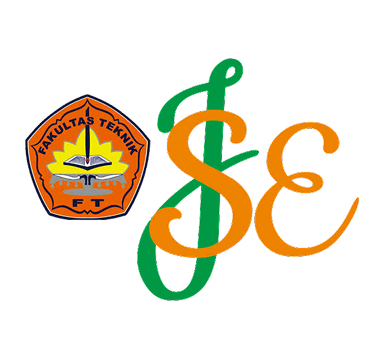Identifikasi Dampak Lingkungan dengan Metode Pendekatan Life Cycle Assessment Pada Proses Produksi Pabrik Gula
Keywords:
sugar production, life cycle assessment, environmental impact, SimaPro 9Abstract
The purpose of this study is to determine and identify potential environmental pollution impacts through Life Cycle Inventory (LCI) at each stage of the cane sugar production process in Sidoarjo, East Java, Indonesia. This study uses the Life Cycle Assessment (LCA) approach method to determine and identify the potential environmental pollution impacts that occur during the sugar production process at PT PG. Candi Baru, and to provide recommendations for improvements that can be made by PT PG. Candi Baru to reduce and mitigate the potential environmental impacts. The LCA analysis focuses on the processing of sugar cane into sugar, and the stages of the LCA consist of several processes, namely the determination of objectives and scope, Life Cycle Inventory (LCI), Life Cycle Impact Assessment (LCIA) and interpretation. The study of the LCA method requires supporting software. The results of the Life Cycle Impact Assessment (LCIA) are expressed using CML-IA (Baseline 2000), which has 14 impact categories, but in this study will only focus on the 4 largest impact categories produced, indicating that the most significant potential impact in reducing environmental quality, especially air pollution. PG. Candi Baru produces types of air emissions in its production process, namely CO2, NO2 and SO2












